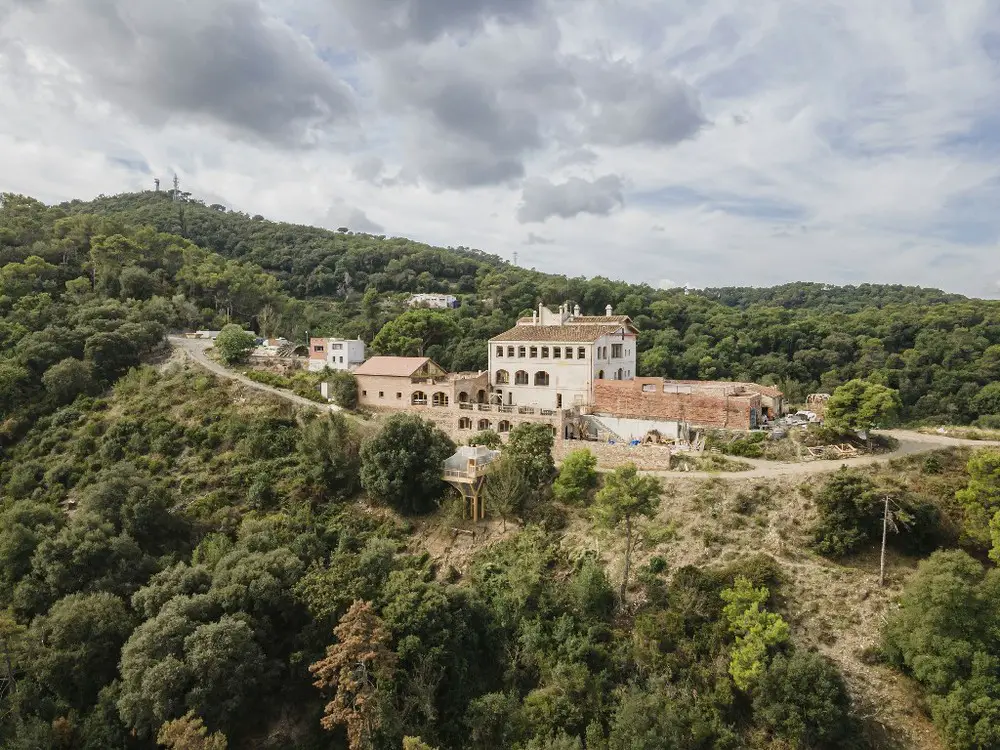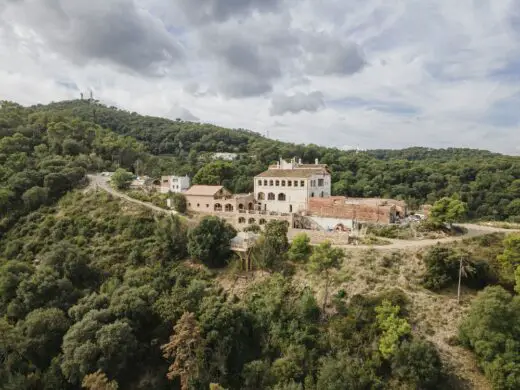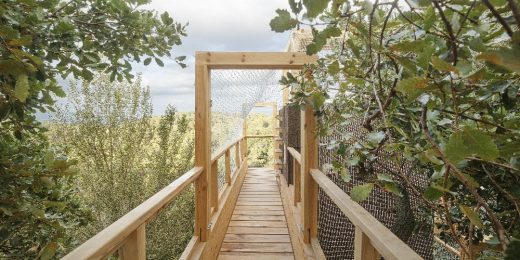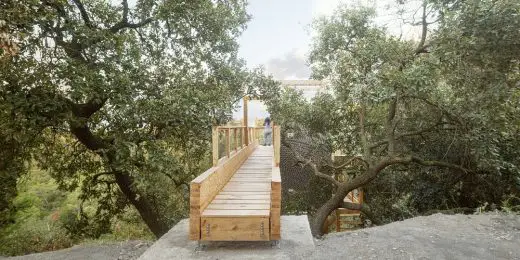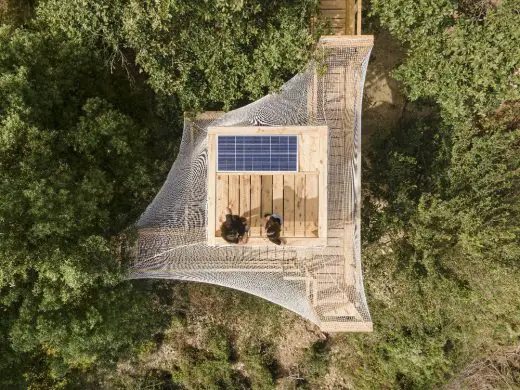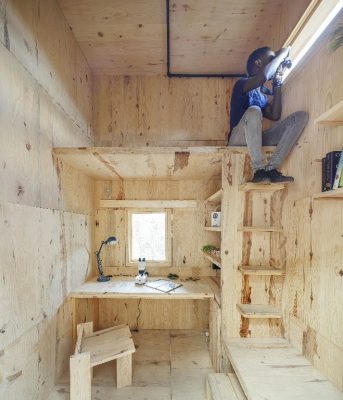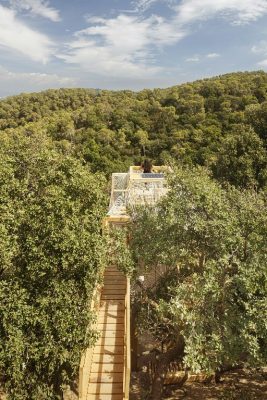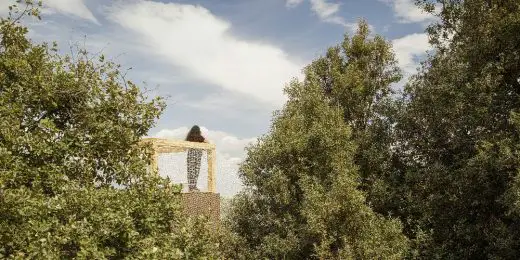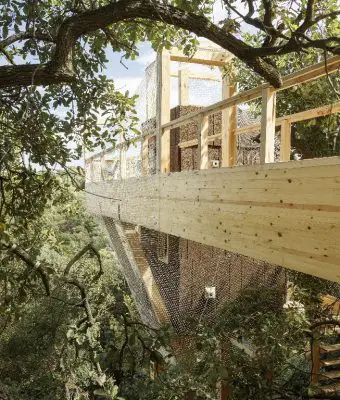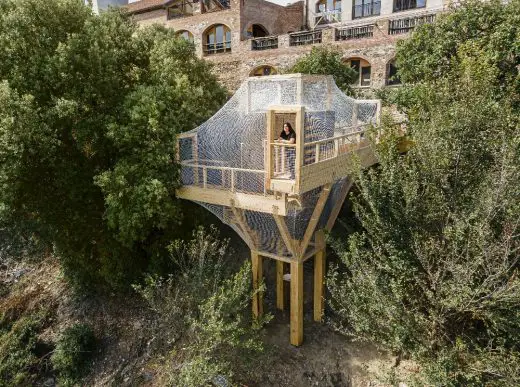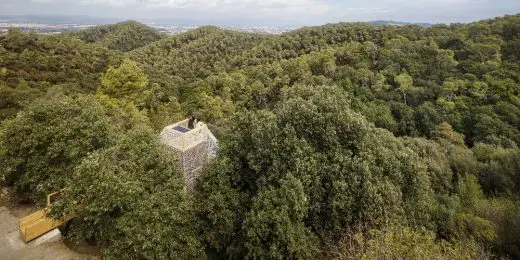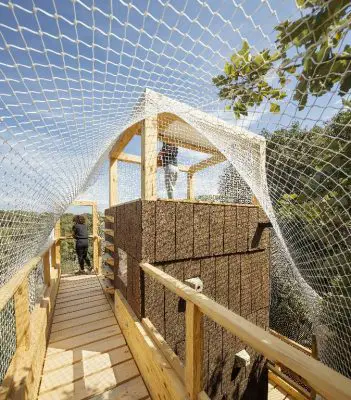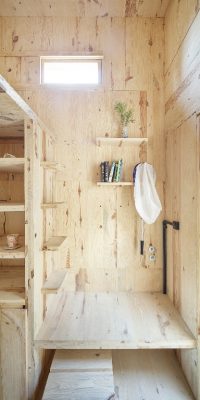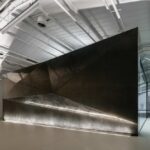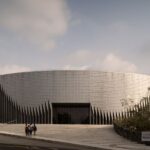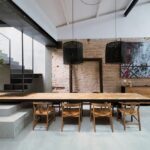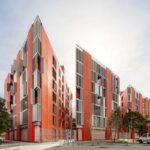Forest Lab for Observational Research and Analysis, Barcelona Architecture, Spain, Mediterranean Building, Spanish Design
Forest Lab for Observational Research and Analysis in Barcelona
7 Mar 2023
Architecture: IAAC and MAEBB
Location: Collserola Natural Park, Barcelona, north east Spain
Photos: Adria Goula
The Forest Lab for Observational Research and Analysis, Spain
• Forest Lab for Observational Research and Analysis (FLORA) is an advanced and ecological building built in Collserola Natural Park (Barcelona), and developed by a team of students and researchers of the Masters in Advanced Ecological Buildings and Biocities (MAEBB).
• FLORA is a scientific research facility built with timber from sustainable forest management, allowing a researcher to live and work in the forest canopy.
• Inspired by the work of the American biologist Margaret D. Lowman and her hanging walkways, the Institute for Advanced Architecture of Catalonia (IAAC) has developed an installation that allows the observation of nature and the forest canopy of Barcelona, which can be adapted to any forest in the world.
The Forest Lab for Observational Research and Analysis (FLORA) is a mass timber structure located in Valldaura, situated in the central forest of the metropolitan area of Barcelona, the Collserola Natural Park. Measuring over 8,5 metres in height, the master’s project was built from invasive pine trees sourced within the park through rigorous sustainable forest management and traceability procedures. Seventy trees were cut and processed by the master students to create cross laminated timber panels, laminated beams, and solid wood elements. FLORA will be used to house a researcher for a short period of time who will be studying the biodiversity of the park and utilizing FLORA’s new weather station.
Considered to be the most extensive green space in the metropolitan area of Barcelona, and covering over 8,000 hectares (seventeen kilometres long and six kilometres wide) with its highest peak at 512 metres (Tibidabo), Parc de Collserola is a natural area and getaway for both of those living in Barcelona and neighbouring cities. Located in a mountain range and nearby the sea, it houses 190 different types of vertebrates, Aleppo pine (Pinus halepensis) forests, and has an estimated population of 1,000 different species of plants and 10,000 million total trees. It is in this environmental surrounding where IAAC master’s students have built the first building that allows for the observation of the forest canopy: FLORA.
Zero-kilometre materials
The students of MAEBB carried out further research to analyse the biodiversity of the forest and identify various inhabitants from underground, aboveground, canopy, and sky levels. This research allowed them to discern the structures and dimensions necessary to develop the construction, and more importantly, the type of materials they could use.
From its construction to its end use, the FLORA project is part of the ‘zero-kilometre’ philosophy. The primary building material is timber, obtained from the surroundings, without the need of a supply chain. The forest of the Parc de Collserola is formed by a wide variety of trees and plants that require sustainable management actions to allow the forest and the biodiversity it hosts to develop efficiently.
Seventy pine trees were felled to provide the necessary building material for FLORA. These trees were extracted and harvested in the Valldaura area based on the approved Sustainable Forest Management Plan in Collserola. The students processed the harvested pines to create cross-laminated timber (CLT) panels, glulam beams, and solid wood using the sawmill and small CLT press available at Valldaura Labs.
Forest Lab for Observational Research and Analysis (FLORA), Parc de Collserola, Barcelona © Adrià Goula
The CLT core rests on four glulam timber columns of 30 x 30 cm. The bridges are made from homemade glue laminated timber; the longest of which spans approximately 12 metres. These components were all individually made and then assembled using a crane in a highly intricate installation sequence. The CLT structure is protected by two layers of natural cork panels providing thermal and acoustic insulation.
The surrounding net, which takes influence from a hunter’s nest, was designed digitally and then woven together by hand. The net intends to better camouflage the project by allowing plants to spread along it thus further blending the structure with the forest in order to hide it from the surrounding wildlife.
FLORA allows a researcher to reside for a short period of time in order to study the local biodiversity and observe how the effects of climate change are influencing the natural park. Housing a bird radio, bird houses, working and projection space, as well as bird watching spaces, the project seeks to be immersed within nature and to create an ecological interactive prototype.
Scientific research facility to study the forest canopy
This observatory is inspired by the excellent work of American biologist Margaret D. Lowman, a.k.a. Canopy Meg, considered the pioneer of the science of canopy ecology. She is known as the “mother of canopy research” and has spent the last 30 years designing hot air balloons and canopy walkways to explore the canopy in order to solve the mysteries of the world’s forests, especially insect pests and ecosystem health.
The forest canopy is the habitat formed by the treetops where a great diversity of animals tends to live, as conditions are often more optimal for some species. These canopies protect the forest floor by intercepting and assisting the percolation of 60-90% of rain or snow water into the soil, while acting as a natural regulator to conserve roots in the event of heavy rainfall. It also nourishes the soil by producing leaf litter to maintain its fertility.
The conservation of the forest canopy is fundamental to guarantee the water cycle, as much of the water absorbed by the trees is recirculated to the atmosphere through transpiration, and its study is very useful for climate change mitigation research, as it provides information to analyze the absorption, storage and flow of carbon.
Forest Lab for Observational Research and Analysis in Barcelona, Spain – Building Information
Architecture: IAAC – https://iaac.net/
Direction:
Vicente Guallart and Daniel Ibañez
Developed by:
The students of the Masters programme in Advanced Ecological Buildings and Biocities (MAEBB), 2021/22 class:
Andrea Paola Rubio Paredes, Leif-Andres Vallecillo Riksheim, Lillian Wanjiru Beauttah, Pablo Rafael Herraiz García de Guadiana, Prachi Agarwal, Rachael Margaret Verdugo Pelaez, Romain Jacques Kenny Russe, Roshni Chirag Shah, Shagun Modi, Zani Kerubo Gichuki, Iletutu “Tutu” Ibiyemi Awosika, Kshitij Ramlal Sarote, Mónica Irene Pérez Rivera, Prasidh Choudhary, Agnieszka Szklarczyk, Pongpol Punjawaytegul, Suwapat Rodprasert, Anton Hofstadt
Host:
Valldaura Labs. Institute for Advanced Architecture of Catalonia
Valldaura Labs Management:
Laia Pifarré
Assisted by:
Bruno Ganem, Alex Hadley, Gustavo Escudero
Advised by:
Marziah Zad, Miquel Rodriguez, Elena Orte, Guillermo Sevillano, Ignasi Caus, Miguel Nevado
Sponsors:
Tallfusta, Alberch, Heco Schrauben Ibérica
With the support of:
Cerdanyola del Vallès City Council
Volunteer:
Marilia Fernandez Lockwood, Philipp Wienkämper
Photography:
Adrià Goula
Communication:
Pati Nunez Agency
Social Media IAAC
ITG: @iaacbcn
LKN: @institute-for-advanced-architecture-of-catalonia
TW: @iaac
FBK: @Iaac.BCN
YT: @iaacat
About IAAC
The Institute for Advanced Architecture of Catalonia (IAAC) is a center for research, training, production, and communication, located in Barcelona with 22 years of activity. Its objective is to lead the mission of imagining the future habitat of our society and building it in the present.
IAAC follows the digital revolution at all scales to push the boundaries of architecture and design to meet the challenges that humanity faces. IAAC is an experimental and experiential center where you learn by doing, through a testing methodology that promotes real solutions.
About MAEBB
The Institute for Advanced Architecture of Catalonia (IAAC) Valldaura Labs and its Masters programme in Advanced Ecological Buildings and Biocities (MAEBB) are engaged in the learning and development of ecological projects, parametric design techniques, and the processing of locally-sourced materials. Founded on the principle of a circular bioeconomy, Valldaura Labs is known for its interest in exploring the boundaries of self-sufficiency and seeking to meet essential human needs, such as food, energy, and everyday use objects. In the previous years, students built the acclaimed projects, the Niu Haus, the VOXEL Quarantine Cabin, the Solar Greenhouse, and now FLORA.
Photography: Adria Goula
Forest Lab for Observational Research and Analysis, Barcelona, Spain images / information received 230523
Locaton: Barcelona, Catalunya, north east Spain, southwestern Europe
Architecture in Northeast Spain
Barcelona Architecture Designs – chronological list
Turó de la Peira’s Sports Center
Architects: Arquitectura Anna Noguera
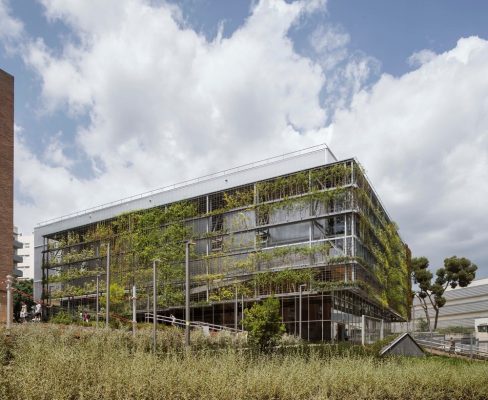
photo : Daniel Martínez
Turó de la Peira’s Sports Center
Barcelona Architecture Tours – contemporary Catalan capital city walks by e-architect focused on the best new architectural designs
Camp Nou stadium – Nou Parc Barcelona
Design: ON-A architecture
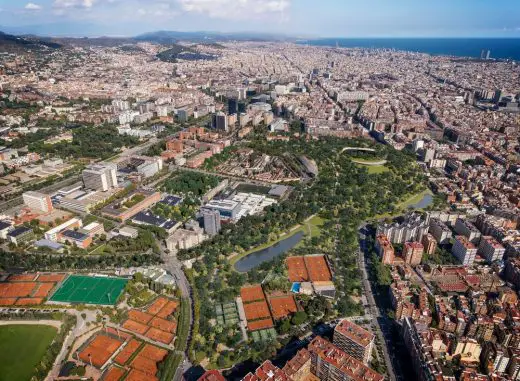
image © ON-A
Nou Parc Barcelona landscape design
Design: Nordest Arquitectura
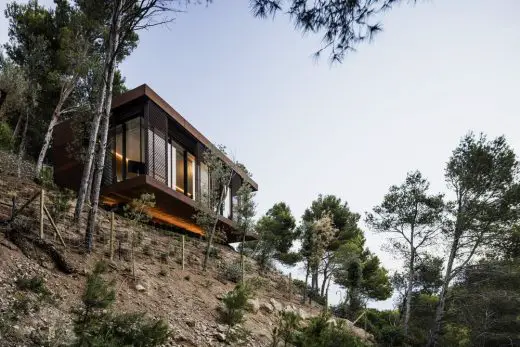
photo : Adrià Goula
House in Sa Tuna, Begur
Barcelona Architecture – key new buildings in the Capital of Catalonia
Comments / photos for the Forest Lab for Observational Research and Analysis architecture design by IAAC and MAEBB page welcome

